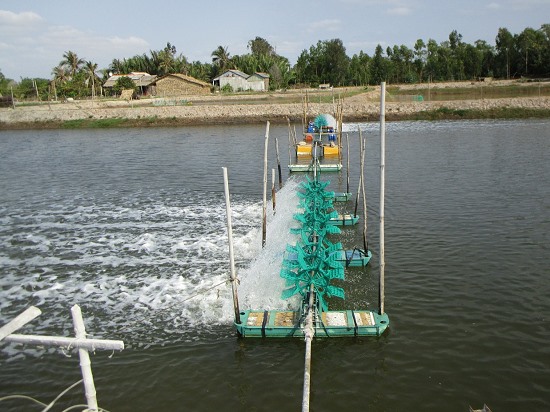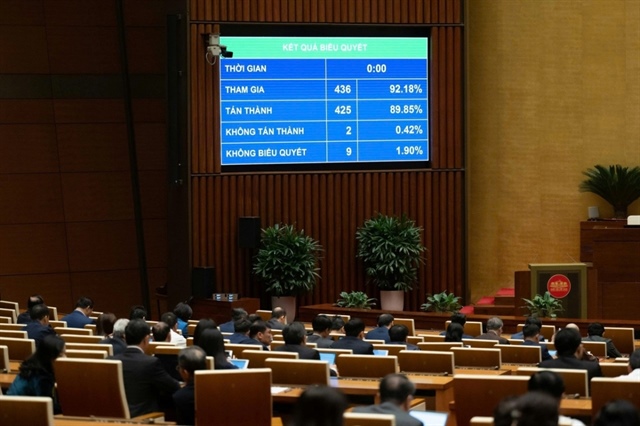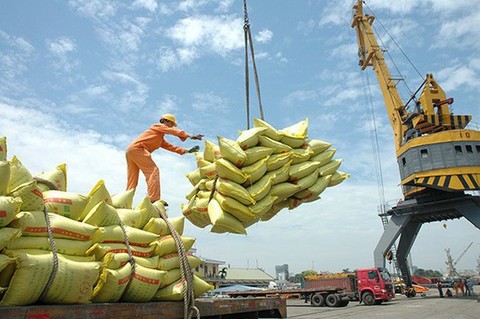Tra Vinh calls for investments in 17 projects
Tra Vinh calls for investments in 17 projects
The southern province of Tra Vinh is calling for investments in 17 aquaculture projects, mainly brackish water shrimp farming, with a total investment of more than VND1.32 trillion (US$58.4 million).

Specifically, from now until 2020, the province is raising funds worth VND767 billion for eight investment projects, including construction of irrigation systems for fishery breeding and farming in Duyen Hai District’s Don Xuan and Don Chau communes, construction of an irrigation system for industrial shrimp farming in the district’s Long Vinh Commune and establishment of a high-tech agricultural zone to develop Tra Vinh shrimp as well as infrastructure facilities, such as rural road systems and electric grids for industrial shrimp farming areas.
In the period of 2020-30, the province will continue calling for investments in nine projects to build irrigation systems serving industrial shrimp farming, intensive shrimp farming and semi-intensive farming in the Can Chong River area in Tieu Can District, and several communes of Duyen Hai, Cau Ngang and Chau Thanh districts.
In order to encourage enterprises to pour money into the project, the province will accelerate administrative reforms to create a favourable investment environment, along with implementing preferential policies in the field of rural agriculture.
At the same time, the province will set up a business support and advisory group to assist investors in investment procedures. Leaders of the provincial People’s Committee will also intensify their meetings with enterprises to promptly help remove obstacles and address problems for them.
Brackish water shrimp is the main cultivating species of Tra Vinh Province, thanks to its advantage of a 65km-long coastline. Brackish water shrimp farming in the coastal areas of Tra Vinh covers an area of some 24,000ha, with annual output reaching some 37,000 tonnes.
The province is striving to achieve 26,170ha of brackish water shrimp farming by 2020, yielding more than 70,000 tonnes, and by 2030, the area will increase to 28,000ha and produce over 103,000 tonnes each year.



















